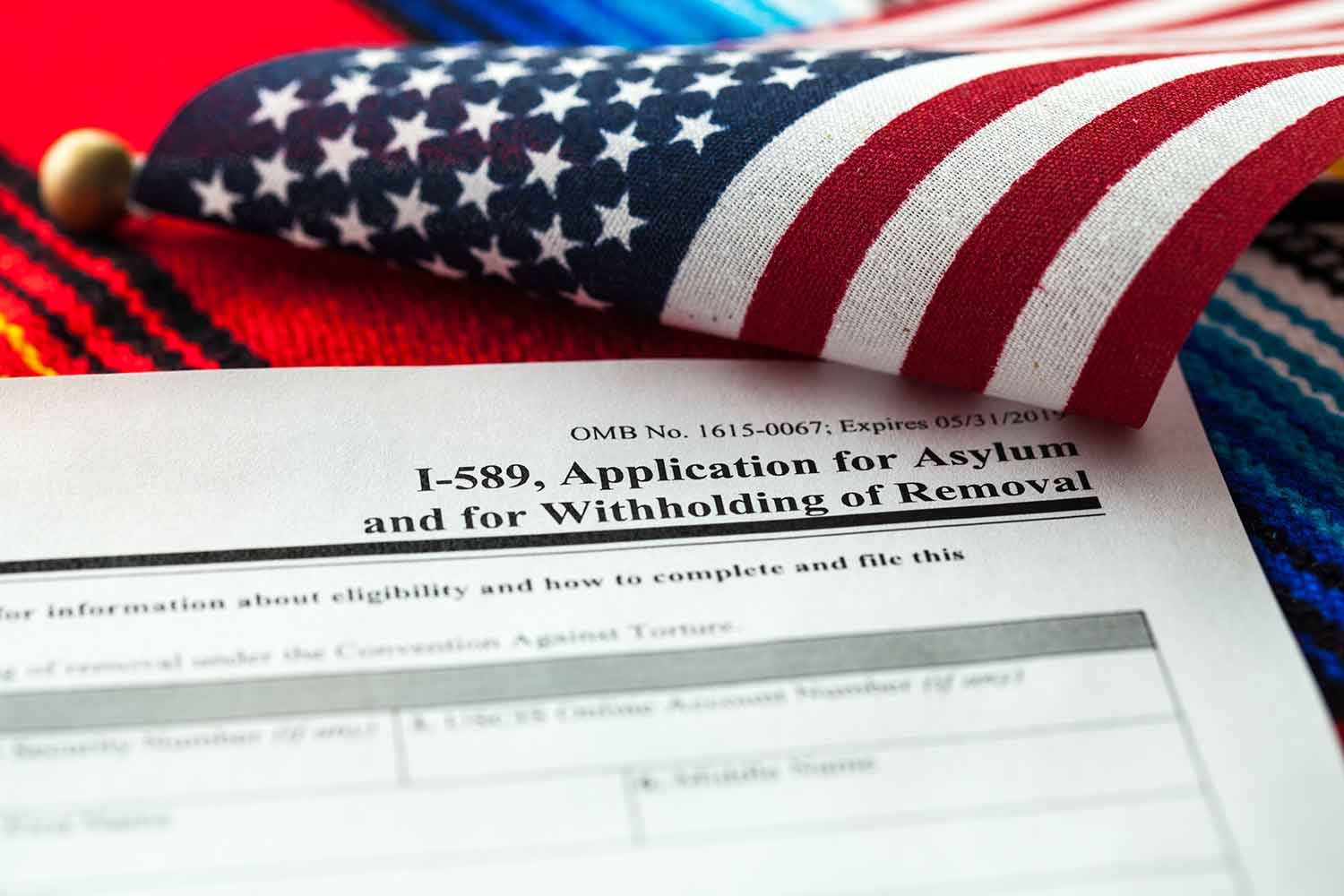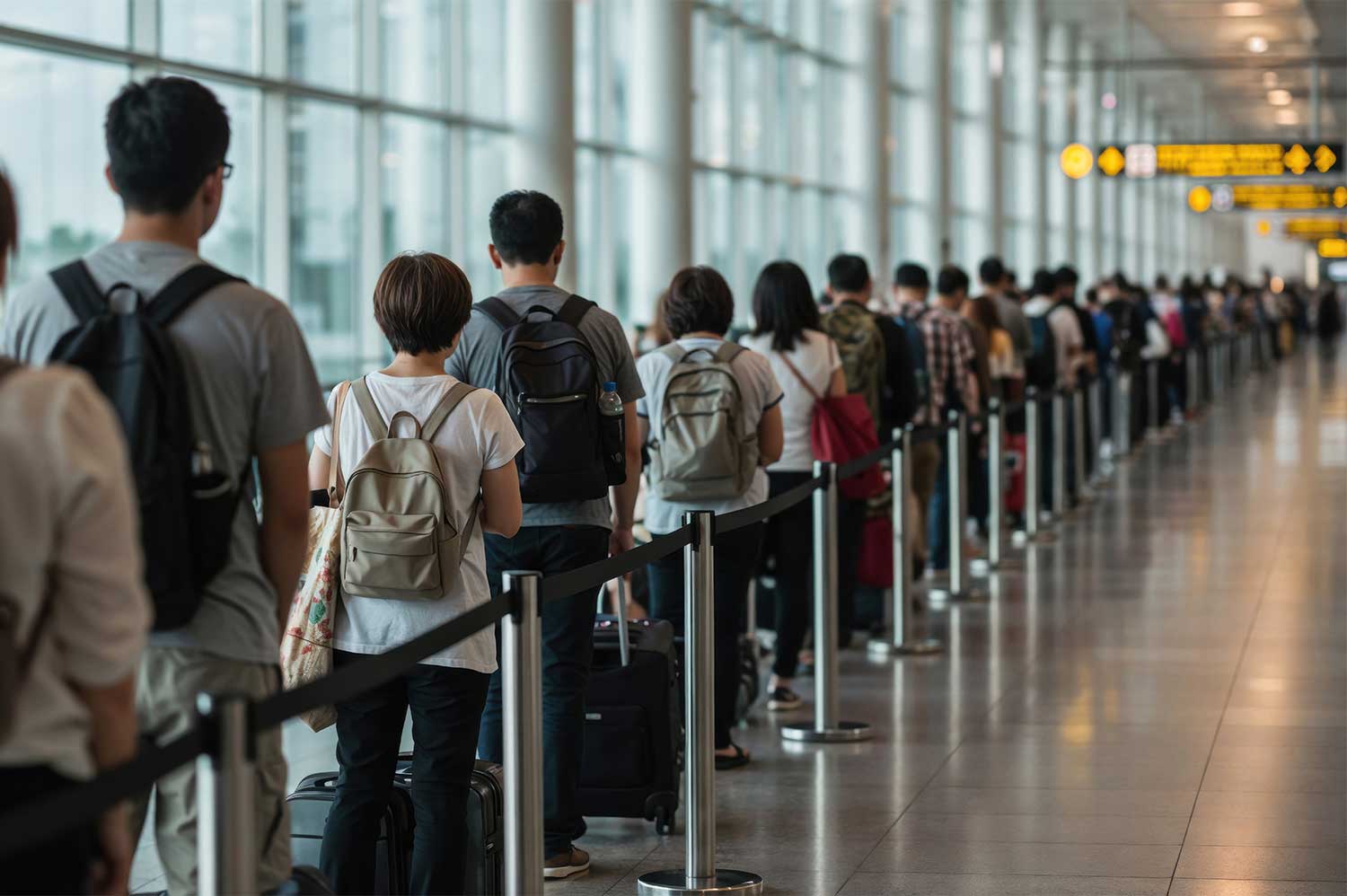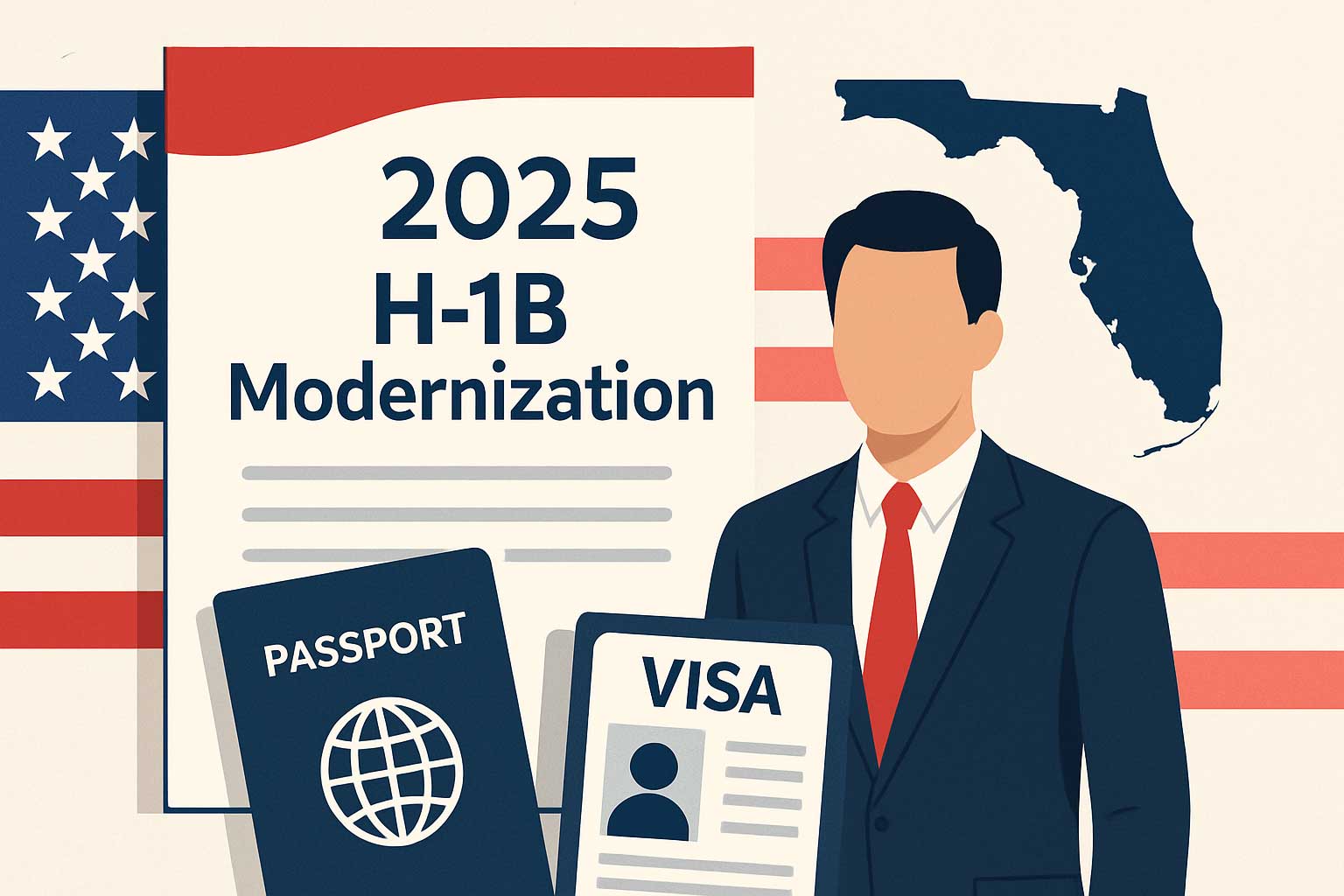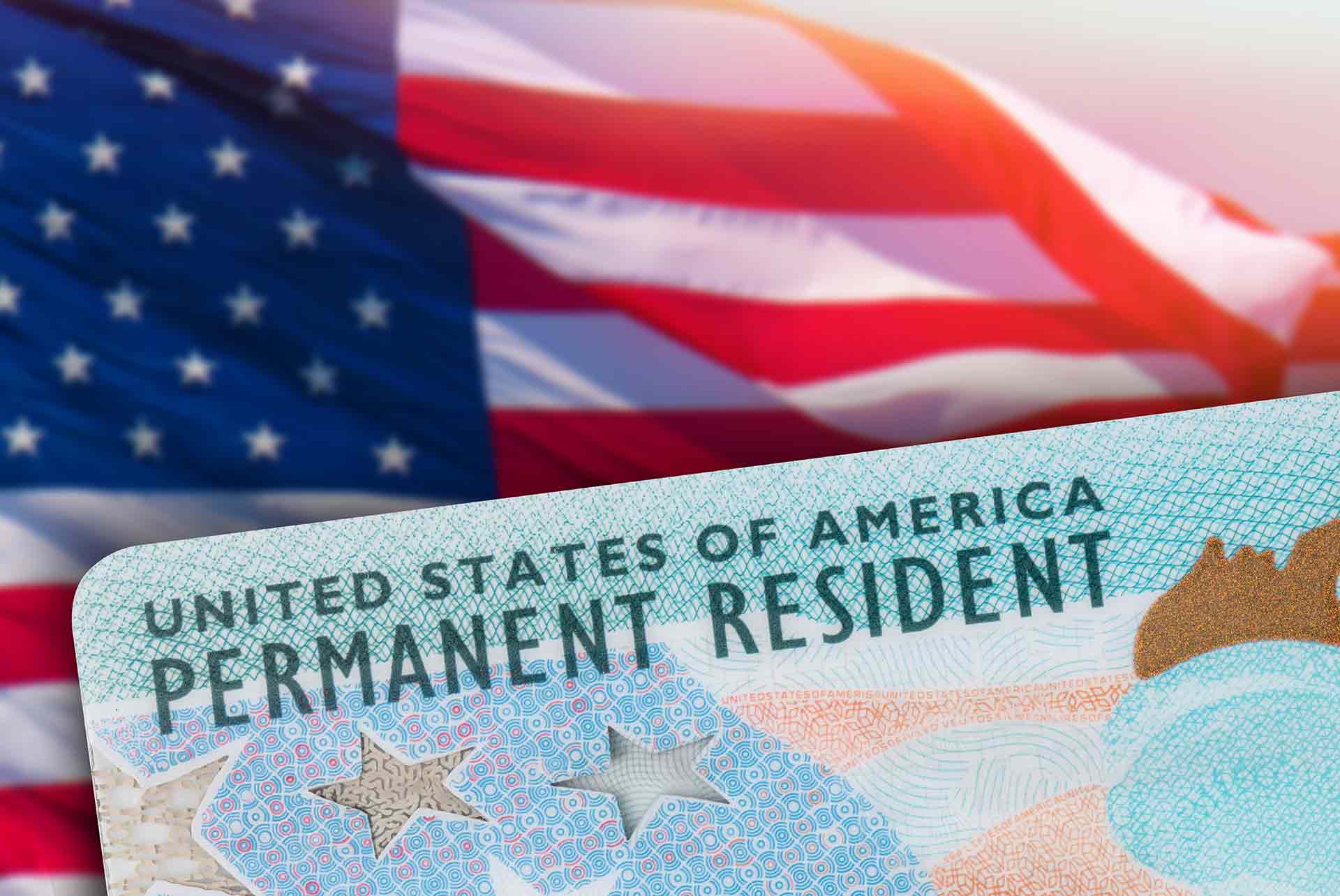Navigating the asylum process can be an incredibly daunting task for anyone seeking refuge from persecution due to race, religion, nationality, political opinion, or association with a certain social group. In this blog post, we will offer a comprehensive overview of the asylum process in the United States, detailing both the affirmative and defensive process pathways.
Obtaining Asylum in the United States
To be eligible for asylum, an individual must meet the definition of a refugee as established in the Immigration and Naturalization Act. This means showing credible fear of persecution if removed from the United States. The process for obtaining asylum can vary depending on whether the individual is currently in the United States or arriving at a port of entry.
Eligibility Requirements for Seeking Asylum
The eligibility for asylum within the United States hinges on several critical requirements:
- Factual Basis of Persecution: Applicants must provide proof of persecution or a well-founded fear of persecution in their home country. This persecution must be due to one of five grounds: religion, race, nationality, political opinion, or membership in a particular social group.
- One-Year Filing Deadline: With some exceptions, asylum seekers are required to file their application within one year of arriving in the United States. Exceptions to this rule may include changes in conditions in the applicant’s native country or personal circumstances.
- No Firm Resettlement: An individual may be ineligible for asylum if they have been firmly resettled in another country before arriving in the United States.
- Not Barred from Asylum: Certain conditions, such as being convicted of a serious crime, can disqualify an individual from seeking asylum in the United States.
Understanding these requirements is fundamental to preparing a strong asylum application, and each case is unique. Legal representation is strongly advised to help navigate these criteria effectively.
The Affirmative Process
The affirmative asylum process requires the individual to be physically present within the United States or at any port of entry along the border. This process is applicable regardless of how the individual arrived or their current immigration status.
One applies for affirmative asylum by submitting Form I-589 to the U.S. Citizenship and Immigration Services (USCIS). It’s essential to apply within one year of the last arrival in the U.S unless there are circumstances that influence the eligibility for asylum or cause extraordinary delay in filing.
The affirmative asylum process involves receipt of notice, a biometrics services appointment, security vetting, and an interview date. The whole process from application to approval traditionally takes about six months.
If the case is not approved by USCIS, the individual has the option to re-apply using the defensive process.
Here’s a step-by-step summary of the Affirmative Process:
- Presence in the U.S.: The individual must be physically present in the United States or at a port of entry.
- Submission of Form I-589: The core of the application process is submitting Form I-589, Application for Asylum and for Withholding of Removal, to the U.S. Citizenship and Immigration Services (USCIS).
- Application Timing: It’s crucial to apply within one year of the last arrival in the U.S, though exceptions apply based on certain extraordinary circumstances.
- Notice Receipt: After applying, the applicant receives a notice acknowledging receipt of their application.
- Biometrics Appointment: The applicant is scheduled for a biometrics services appointment for identity verification and security purposes.
- Security Vetting: The application undergoes security vetting to assess any risks or concerns.
- Interview: An interview date is set, where the applicant’s claim and background are thoroughly reviewed.
- Decision: The process culminates in a decision by USCIS to grant or deny asylum. If denied, the applicant has the option to pursue a defensive asylum process.
This summary encapsulates the critical steps involved in navigating the affirmative asylum process within the United States.
The Defensive Process
The defensive process is for those denied asylum in the affirmative process or have been detained for removal by Immigration and Customs Enforcement (ICE) or Customs and Border Protection (CBP).
In the defensive process, the judge hears from the asylum seeker and a representative from the US government. If judged eligible, the applicant is granted asylum. If judged ineligible, other forms of relief from removal are considered. An appeal can be made by both the applicant and the government.
The defensive process, which takes place within immigration courts, usually takes longer than the affirmative process. In 2019, the process averaged nearly two years.
Quick guide to understand main steps of the Defensive process:
- Initiation: The process begins when an individual is placed in removal proceedings, either due to a denial in the affirmative asylum process or being apprehended by immigration authorities.
- Filing for Asylum: Unlike the affirmative process, the application for asylum is made directly to the immigration court.
- Master Calendar Hearing: The applicant attends a preliminary hearing where they formally express their intention to apply for asylum and receive instructions on how to proceed.
- Merit Hearing: A more detailed hearing where the applicant presents their case for asylum, including evidence and possibly witnesses, before an immigration judge.
- Government Representation: During both the master calendar and merit hearings, a representative from the Department of Homeland Security (DHS) will be present to challenge the case or agree with the findings.
- Judge’s Decision: After considering the case, the immigration judge will make a decision to either grant asylum, deny asylum but offer another form of relief, or order removal from the United States.
- Appeal: If the asylum is denied, the applicant has the right to appeal the decision to the Board of Immigration Appeals (BIA), and potentially to a federal appellate court.
This outline captures the defensive asylum process steps, which is known for its complexity and the critical need for legal representation to navigate successfully.
Being Granted Asylum
Being granted asylum comes with many new opportunities. Asylees are protected from being removed to their home country, can work legally, receive immigration benefits, and eventually apply for a social security or green card, and U.S citizenship. Asylum status is permanent unless terminated by USCIS under particular circumstances.
To learn more details about the affirmative and defensive process, please refer to USCIS. Or schedule an online consultation with us to get your questions answered by a professional US Immigration Lawyer.
The Role of Legal Representation
Securing legal representation for asylum seekers is not merely advisable; it’s a monumental factor imputing to the success of an asylum application. Legal representation equips you with knowledgeable guidance through the procedural complexities and an advocate who vociferously champions your rights and case.
Here are a few reasons why having legal representation is crucial:
- Navigating Complex Legal Procedures: Asylum law and procedures are intricate, and the stakes are high. An experienced attorney can guide you through each step of the process, ensuring that all necessary forms are filed correctly, deadlines are met, and your rights are protected.
- Improving Chances of Success: Studies have shown that asylum seekers with legal representation have a higher chance of success than those without. This is because attorneys can help gather evidence, prepare witnesses, and present a strong case in court.
- Providing Emotional Support: Seeking asylum is an emotionally taxing process, and having a supportive attorney by your side can provide much-needed reassurance and guidance during this challenging time.
- Access to Resources and Information: Attorneys have access to a wealth of resources and information that can aid in building a strong asylum case. They also have knowledge of current immigration laws and policies that can impact your situation, allowing for strategic decision-making.
- Representation in Court: In the event of a court hearing, having an attorney represent you will ensure that your rights are protected, and your case is presented effectively.
Having legal representation throughout the asylum application process is essential for a successful outcome. It not only provides guidance and support but also increases the chances of being granted asylum in the United States.




